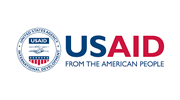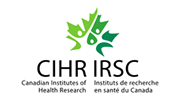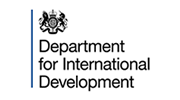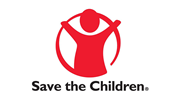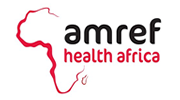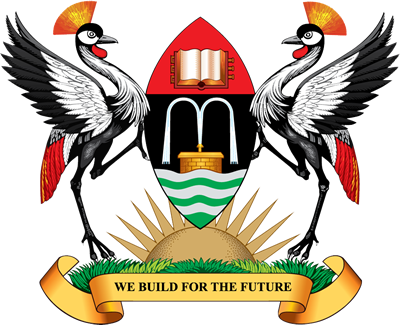abstract Despite global improvements in antiretroviral treatment (ART) access, little is known about how young people with HIV initially enter treatment.
This article explores young people's trajectories towards HIV treatment: how, when, and with whom testing and treatment decisions are made and the role of adolescents themselves in this process. In 2009, we conducted 20 in-depth interviews with male and female adolescents attending the HIV/AIDS Transition Clinic at the Infectious Diseases Institute in Mulago Hospital, Kampala, Uganda. Interviews were audio recorded and transcribed. The authors read the transcripts, developed codes and synthesized themes.
Though many respondents were likely infected with HIV at birth, most tested and learned their serostatus as teenagers after repeated illnesses or perceived risky sexual behaviour. Young people encountered both obstacles and opportunities in their HIV treatment-seeking efforts. Caregivers' decisions and actions or an absence of spe- cialist HIV services and skills caused delays in ART enrolment. Health workers played an important role in referral and connecting young people to care.
The agency of young people themselves, once they realised that their illness could be HIV, was also crucial in ensuring prompt HIV testing and treatment-seeking. Young people who believed they were infected through mother-to-child transmission saw themselves as innocent victims and appeared mo- tivated to combat HIV, while those suspecting sexual transmission found disclosure to parents difficult and de- scribed feelings of guilt, regret, and self-blame. Understanding pathways to HIV testing and treatment can inform care and support services for young people in Uganda. In particular, earlier disclosure may facilitate pos- itive coping strategies and engagement in care. © 2016 Elsevier Ltd. All rights reserved.
